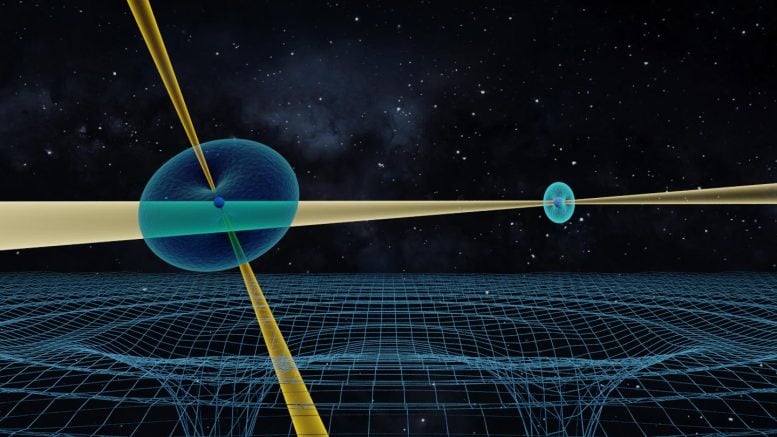Canada is a country chock-full of natural sites and urban delights, where visitors are equally as wowed by the wildlife and wilderness, as they are by the cultural and culinary offerings found in the cities that speckle the sprawling nation.
Peruse for polar bears on the open arctic tundra of Churchill or cruise Vancouver’s curvy coastline in a canoe while gawking at the city skyline. Feast on five-star fusion cuisine in Toronto, or take in a street-side jazz jam session in Montreal.
Whether you’re a first-time visitor or returning to experience something new, these are the 15 best places to see in Canada. But be sure to plan ahead, because as the world’s second-largest country, you just won’t be able to do it all in one trip.
Explore the planet's most surprising adventures with our weekly newsletter delivered to your inbox.

Get your thrills with outdoor adventures in the mountains © iStock / Getty Images
1. The Canadian Rockies
Best for mountain views
The sawtooth, white-topped mountains straddling the British Columbia–Alberta border inspire both awe and action. Five national parks – Banff, Yoho, Kootenay, Waterton Lakes and Jasper – offer countless opportunities to delve into the lush wilderness, with ribbons of hiking trails, rushing white water and powdery ski slopes to satisfy travelers looking for mountain thrills.
This is one of the best places to visit in Canada in the winter, but outdoor adventures are aplenty during the summer months too.
2. Vancouver
Best for combining city and nature
3. Niagara Falls
Best for an iconic travel experience
4. Whistler
Best place to ski in Canada
5. Montréal Jazz Festival
Best place for music lovers
6. Old Québec City
Best place to visit in Canada for couples
7. Toronto
Best for multicultural experiences
8. Vancouver Island
Best for nature lovers
9. Rideau Canal
Best for ice skating
10. Manitoulin Island
Best place in Canada to celebrate First Nations culture
11. The Prairies
Best place for road trips
12. Bay of Fundy
Best place to spot whales
13. Drumheller
Best for dinosaur lovers
14. Churchill
The best place for polar bear encounters
15. Baffin
Best for Inuit art and incredible landscapes
Best for an iconic travel experience
4. Whistler
Best place to ski in Canada
5. Montréal Jazz Festival
Best place for music lovers
6. Old Québec City
Best place to visit in Canada for couples
7. Toronto
Best for multicultural experiences
8. Vancouver Island
Best for nature lovers
9. Rideau Canal
Best for ice skating
10. Manitoulin Island
Best place in Canada to celebrate First Nations culture
11. The Prairies
Best place for road trips
12. Bay of Fundy
Best place to spot whales
13. Drumheller
Best for dinosaur lovers
14. Churchill
The best place for polar bear encounters
15. Baffin
Best for Inuit art and incredible landscapes

